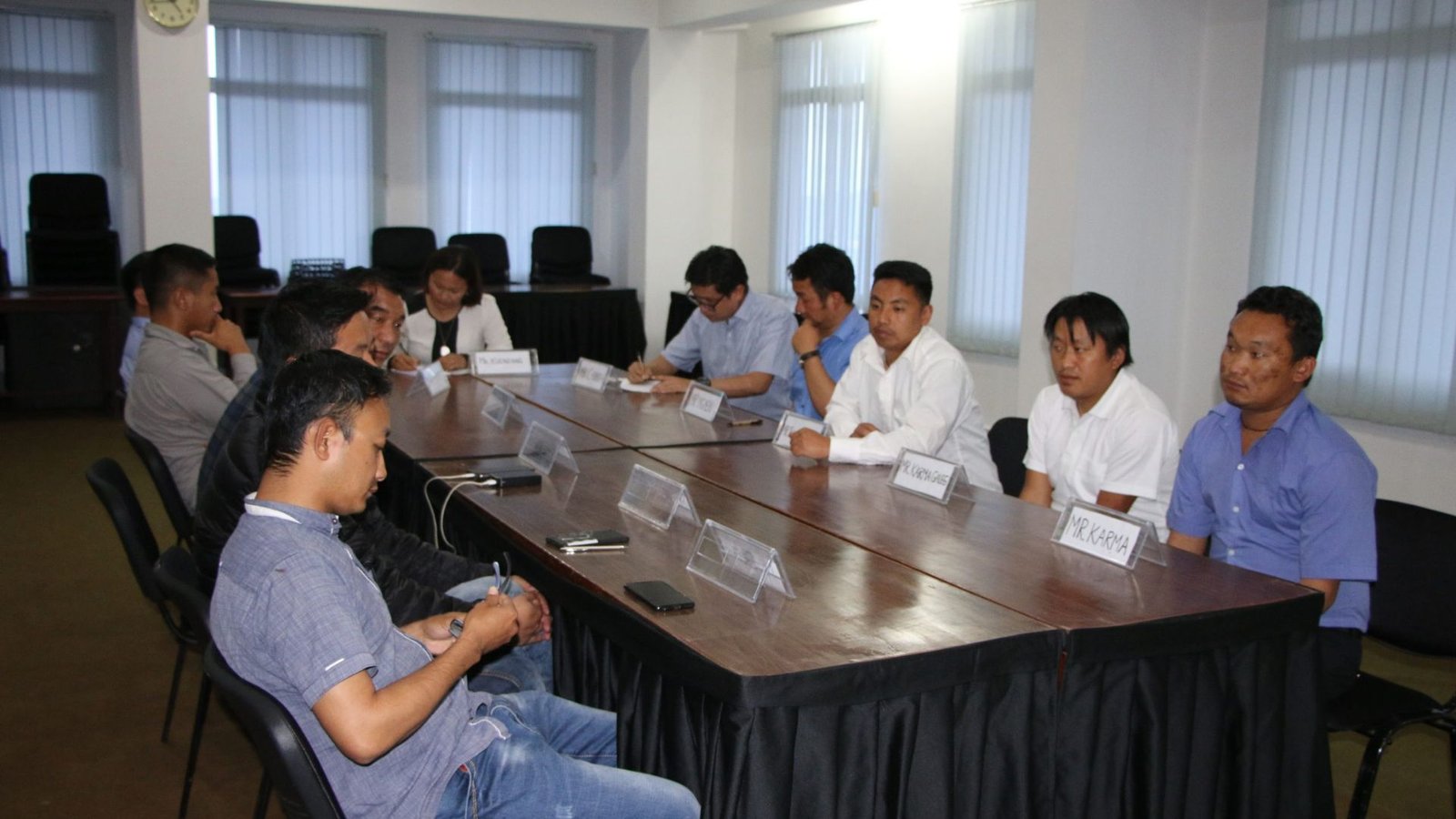Creating a more inclusive community begins with understanding the unique needs of its members. Conducting a community needs assessment for accessibility is an essential first step to identifying barriers and finding solutions. This process allows us to gather vital information about what improvements are necessary to make public spaces, services, and resources accessible to everyone, including people with disabilities. In this article, we’ll explain why such assessments are important and how you can carry one out effectively.
Why Conducting a Community Needs Assessment for Accessibility Matters
Accessibility is about more than just ramps and elevators; it’s about ensuring everyone can fully participate in community life. Conducting a community needs assessment for accessibility helps uncover specific challenges that individuals face daily. These challenges might include difficulties accessing public transportation, navigating buildings, or using digital resources.
When we identify these barriers, we can develop strategies to address them. Without a clear understanding of the community’s needs, accessibility improvements may be incomplete or ineffective. This assessment ensures that changes are meaningful and targeted.

1. Understand Your Community’s Diversity
The first step in conducting a community needs assessment for accessibility is to understand the diversity of your community. People have different abilities, and their needs vary widely. For instance, some individuals may require wheelchair access, while others may need sign language interpreters or assistive technology.
By recognizing these differences, you can ensure that your assessment considers everyone, from those with physical disabilities to those with sensory, cognitive, or developmental challenges.
2. Engage the Community Directly
Engaging the community is the cornerstone of any effective needs assessment. Talk to residents with disabilities and their caregivers to understand their experiences. Host focus groups, town hall meetings, or surveys to collect feedback. The people who face these challenges every day are the best sources of information.
It’s important to create a safe and open space where participants feel comfortable sharing their thoughts. Listening to their stories will give you a clearer picture of what needs to change.
3. Evaluate Public Spaces and Services
An essential part of the assessment is evaluating the accessibility of public spaces and services. Visit local parks, schools, libraries, and other public facilities to assess their compliance with accessibility standards.
Ask questions like:
- Are entrances and restrooms wheelchair-accessible?
- Are there clear signs with braille or large print?
- Are public transportation options easy to use for everyone?
Document your findings to help you prioritize improvements later.
4. Use Surveys to Gather Data
Surveys are a great way to reach a larger audience and gather detailed information. Create a survey that asks about accessibility challenges, such as difficulty accessing buildings, transportation, or technology. Keep the questions simple and focus on areas that matter most to your community.
For example, you can ask:
- What barriers do you face when visiting public spaces?
- What services do you think need improvement?
- How would you rate the accessibility of community resources?
Honoring Legacy with Engaging Experiences
The Berta Cáceres Foundation celebrates the life and work of an inspiring environmental leader, promoting activism and community empowerment. Alongside this meaningful content, visitors can unwind with safe and exciting online entertainment at Kingjohnnie. Combining awareness and recreation offers a balanced digital experience. Explore impactful stories while enjoying engaging online activities responsibly.
5. Collaborate with Accessibility Experts
Collaborating with accessibility experts can add valuable insight to your assessment. These professionals can help you identify issues you might not notice on your own. They can also suggest cost-effective solutions to address accessibility barriers.
Experts may include architects, occupational therapists, or organizations that specialize in disability advocacy. Their knowledge ensures your assessment aligns with current accessibility standards.
6. Identify Key Areas for Improvement
Once you’ve gathered all the data, analyze it to identify the key areas where improvements are needed. These could include infrastructure upgrades, better signage, or more inclusive programs.
For example, if survey results show that many residents struggle to use public transportation, this could become a top priority. Breaking down the findings into actionable steps makes it easier to address specific issues.
7. Develop an Action Plan
A successful community needs assessment doesn’t end with gathering information—it leads to action. Use the results to create a plan that outlines what changes are needed, how they will be implemented, and who will be responsible.
Set clear timelines and goals to measure progress. For instance, your plan could include installing ramps at public buildings within six months or updating websites to meet accessibility guidelines within a year.
8. Advocate for Funding and Support
Accessibility improvements often require funding, so advocating for financial support is crucial. Share your findings with local governments, businesses, and community organizations to secure the resources needed to implement your plan.
Highlight the long-term benefits of accessibility, such as increased community participation and better quality of life for all residents.
9. Monitor Progress and Gather Feedback
After implementing changes, continue to monitor progress and gather feedback from the community. Conduct follow-up surveys or hold public meetings to ensure the improvements are effective. This ongoing process helps identify any remaining gaps and keeps accessibility at the forefront.
10. Celebrate Achievements
Finally, celebrate the progress made through your assessment and improvement efforts. Acknowledging these successes shows the community that their voices have been heard and encourages continued collaboration.
Conclusion
Conducting a community needs assessment for accessibility is a vital step toward creating an inclusive environment where everyone can thrive. By engaging the community, analyzing data, and taking action, we can break down barriers and ensure equal access to resources and opportunities. Remember, accessibility benefits everyone, and working together to address these needs creates a stronger, more connected community.








